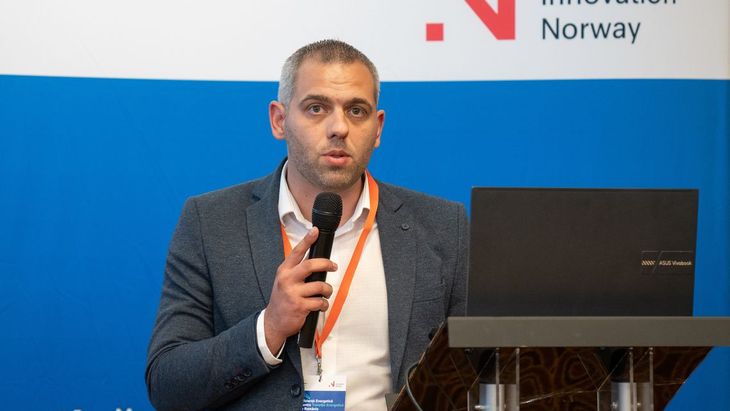The development of photovoltaic systems is mainly supported by individual prosumers, but they do not benefit from the maximum potential of their own photovoltaic installations due to the frequent imbalances in the energy distribution network, said Adrian Ienciu, Marketing Manager at the Ensys company, during the conference “Energy efficiency for the energy transition – Oradea”, organized in Oradea by Energynomics together with the Romanian Fund for Energy Efficiency – FREE and the Directorate for Energy Efficiency within the Ministry of Energy.
“We focus on prosumers because, from all statistics, they are the engine that drives the market and the industry forward. There are many GWs, and many MWs that have ATR but we actually implement prosumers. From one month to the next, the number of prosumers increases. We are doing a study by which we count the more than 3,000 prosumers for which we have implemented photovoltaic solutions and we notice a lot of fluctuations on the network. We are in the area where they do not benefit to the maximum from the production and yield of a photovoltaic system,” said Ienciu.
He added that from data available to Ensys, around 20-25% of a PV installation’s potential output is lost as a result of grid imbalances that force it to shut down.
Another obstacle to the widespread adoption of home energy generation facilities is the fact that financing programs, while welcome, have a long-running time, of around two years, during which time they may become insufficient or irrelevant for consumers.
In addition, the banking system also does not always encourage the development of this industry because it does not offer attractive credit products for beneficiaries, although the interest from industrial consumers is very high. However, these potential beneficiaries must turn to specialized consultants when considering investments in the production of photovoltaic energy in order to be able to accurately identify the need for consumption and to turn to the right solutions.
“We have top equipment that is useless if it doesn’t work at capacity. We will not be able to compensate for excessive and inefficient consumption by putting generation sources to infinity. First, we need to see what can be optimized and then find the solutions,” said Ienciu.
At the same time, energy storage solutions from renewable sources are not yet used due to high costs, although they could be the solution for reducing grid imbalances.
The conference in Oradea was the 2nd of a series of 5 scheduled by the Energynomics communication platform, the Romanian Fund for Energy Efficiency – FREE and the Directorate for Energy Efficiency within the Ministry of Energy. The project is financed by Norway Grants 2014-2021.
